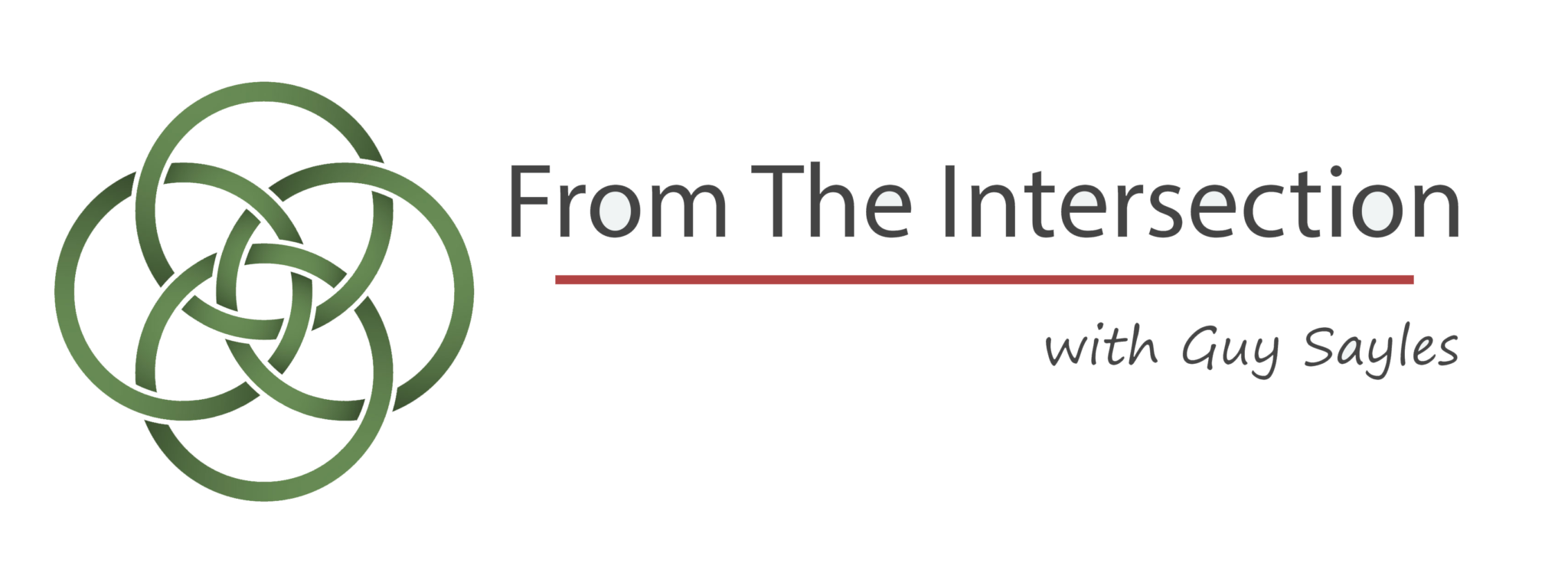The anger is palpable, isn’t it?
The presidential primary campaigns of Donald Trump and Bernie Sanders have, in different ways, focused and channeled a lot of the anger people feel.
Trump and Sanders diverge radically from each other in their fundamental assumptions about civil rights, about market capitalism, and about effective political leadership. They both, though, have tapped-in to veins of frustration which course powerfully through our common life.
Overwhelming numbers of people feel left-out, left-alone, and left-behind in our culture. They no longer believe, or have never been free to believe, that there are realistic reasons for hope in a tomorrow which will be better than today for them and their families. They feel unsafe and uncertain. They’re alienated from a society in which they once had a place, or which never allowed them to have a place, at the table of equality and opportunity. There’s a vast distance between the actual conditions of their lives and the dreams which America’s ideals inspired in them. They’re hurt and angry; and some of “us” are some of “them.”
The roar of anger doesn’t rise only from the arena of politics. There are the shouted frustrations, slamming doors, and loud ultimatums in households where addiction has taken up uneasy residence. In many workplaces, there’s rumbling discord among coworkers and surging urgency about bottom-line pressures which threaten to become thunder storms of conflict. We see anger in the bumper sticker that says, “This truck protected by Smith and Wesson,” in the flailing tantrum of a frustrated two-year-old, and in the swollen, red face of a furious man.
Anger is hazardous material, to be handled with extreme caution. If we manage anger carefully and wisely, we can use it for good.
We can’t avoid the experience of anger; it’s our inevitable response to anything or anyone which we perceive to threaten us or people and causes about which we care. It’s the perception of threat which generates anger. Often anger is in play before we’ve taken the time and care to determine whether or not our perception is accurate. One of many problems with irresponsible and manipulative rhetoric is that it creates the perception of threat where one does not exist. Much political anger is rooted in this kind of manufactured perception.
Whether or not our perceptions reflect reality, when we sense that life is being damaged or diminished, we’re going to be angry.
Anger develops in three related but distinct stages. First, there is the experience of threat. Then, our bodies react. The brain sends chemical alerts throughout our bodies. Our muscles tighten, as if we’re preparing to fight. Heart rate and blood pressure rise. Breathing becomes more rapid. Third, we act. Sometimes we flee, sometimes we fight. We retreat or we strike back.
It’s possible, though, to break the chain of causality which seems to lead straight from perceived threat through physical reaction to retaliatory action. In the interval between the first two stages and the third, we have the challenge and opportunity to manage our anger creatively—to become good stewards of it.
It matters that we learn to pause between our inevitable reactions to a threat and the actions we take in response to it. In the emotional space which the pause gives us, we have the opportunity to imagine a creative and redemptive response.
We can stop to ask ourselves why we are angry. Why do we feel threatened? Is this a real threat?
If the threat is real, how great is it, and how should I respond?
When we’re good stewards of our anger, it doesn’t have to be destructive. We can use its energy to make changes in the threatening circumstances, to seek justice, to make peace, and to pursue reconciliation. Anger can be an unruly and wounding force or a focused and healing power.
How will we steward the gift of anger?
Discover more from From The Intersection
Subscribe to get the latest posts sent to your email.


Recent Comments